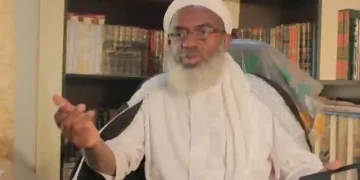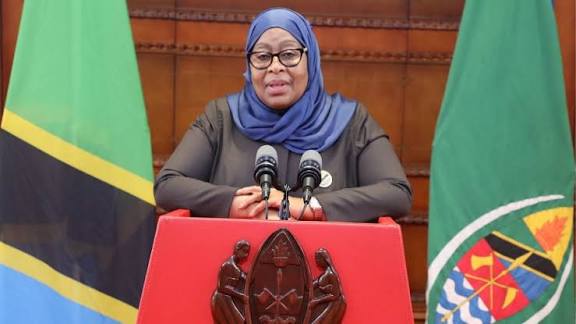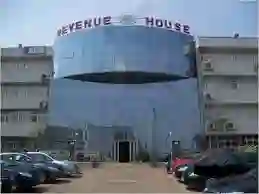Tanzania has entered one of its most volatile moments in decades after nationwide protests erupted following the disputed October 29 elections that returned President Samia Suluhu Hassan to power.
The demonstrations, unprecedented in size and coordination since independence, have swept through major cities including Dar es Salaam, Arusha, Mwanza and Dodoma. Protesters, angered by what they describe as a rigged election, have clashed with security forces in scenes rarely seen in Tanzania’s post-colonial history.
Witnesses say police stations and ruling party offices were attacked, while government vehicles were set ablaze. Protesters also ransacked polling centres in several regions before being dispersed with live ammunition and teargas. Internet services remain heavily restricted, making it difficult to verify events across the country.
Opposition leader Tundu Lissu, who was barred from campaigning in several regions before the vote, has now been charged with treason. Other opposition figures remain under arrest or in hiding. Hassan’s administration has widened its crackdown, accusing demonstrators of “threatening public order” and warning of “foreign-backed unrest.”
Diplomatic sources and civil groups say the death toll could number in the hundreds over three days of clashes, though official figures remain far lower. In several neighbourhoods of Dar es Salaam, residents reported night raids and mass arrests as police searched homes for suspected protesters.
The unrest reflects deepening frustration with the government’s handling of the economy and what many citizens see as growing political repression. About seven in ten Tanzanians work in informal jobs — street vending, motorcycle transport and day labor — yet continue to face high taxes and low earnings. Despite steady GDP growth, the country remains one of the most unequal in East Africa.
Young people, who make up more than half of Tanzania’s population, have been especially affected by unemployment and poor access to education. Many of those seen at the frontlines of the protests are in their 20s, shouting slogans that go beyond election grievances to call for systemic reform.
For decades, Tanzania’s ruling party, Chama Cha Mapinduzi (CCM), has dominated the political space. But critics say the environment has narrowed dramatically since 2020, when Magufuli’s administration began using state security to suppress dissent. Hassan, who initially promised openness, is now accused of intensifying those tactics.
Unlike past demonstrations over land disputes or local grievances, the 2025 protests are national and politically charged. Demonstrators have torn down CCM billboards, defaced posters of the president, and demanded a new constitution and electoral reform.
In Zanzibar, protests over election manipulation have been common for years, but the mainland had remained largely quiet. This time, the resistance has crossed the narrow channel separating the two, signaling a nationwide shift.
Security forces continue to patrol the streets. In Dar es Salaam, soldiers block key intersections and carry out checks on vehicles. By evening, the city falls silent except for the sound of sirens and helicopters. Local journalists describe an atmosphere of fear as newsrooms receive warnings not to “inflame tensions.”
The government insists the situation is “under control,” but observers note that the scale of anger has exposed rare cracks in the ruling party’s grip. For many Tanzanians, the protests mark a break from decades of cautious silence — a moment when frustration turned into open defiance.
As curfews stretch into their fourth night, communications remain cut in several regions. Yet reports continue to filter through by radio and word of mouth, suggesting that protests are still flaring in smaller towns and university campuses.
The 2025 unrest has shaken Tanzania’s image as one of East Africa’s most stable states. Whether it fades or transforms into a sustained movement could define the country’s political future.





















